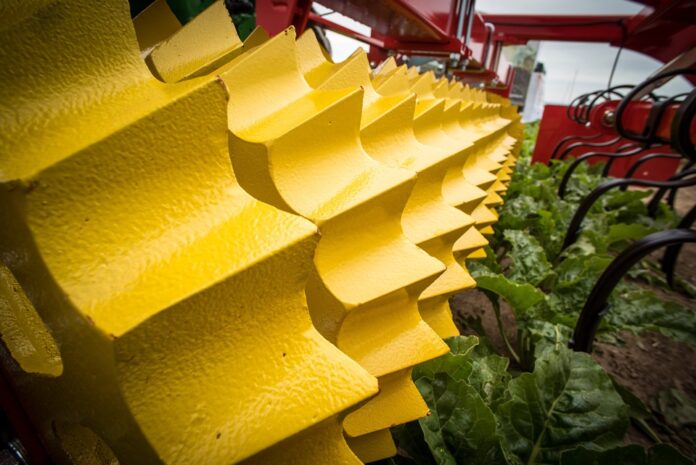Introduction
Soil temperature and compaction play crucial roles in determining the success of seedbed preparation for agriculture. Understanding how these factors affect seed germination and plant growth is essential for farmers to optimize their crop production. In this report, we will delve into the impact of soil temperature and compaction on seedbed success, exploring the significance of these factors and providing insights for improving agricultural practices.
Soil Temperature Effects on Seedbed Success
Temperature Range for Seed Germination
Soil temperature plays a critical role in seed germination. Different crops have specific temperature requirements for optimal germination. For example, warm-season crops such as corn and soybeans require soil temperatures between 60-85 degrees Fahrenheit for germination to occur. In contrast, cool-season crops like wheat and barley prefer soil temperatures between 40-60 degrees Fahrenheit.
Impact of Temperature Fluctuations
Fluctuations in soil temperature can have detrimental effects on seed germination. Rapid temperature changes can lead to uneven germination, resulting in poor stand establishment and reduced crop yield. It is crucial for farmers to monitor soil temperature closely and take measures to mitigate extreme fluctuations that can negatively impact seedbed success.
Soil Compaction Effects on Seedbed Success
Compaction Types and Consequences
Soil compaction occurs when soil particles are pressed together, reducing pore space and limiting root growth. There are two main types of soil compaction: surface compaction, which affects the topsoil layer, and subsoil compaction, which occurs deeper in the soil profile. Compacted soils have reduced water infiltration and drainage, leading to poor root development and nutrient uptake.
Methods to Reduce Soil Compaction
Farmers can employ various techniques to reduce soil compaction and improve seedbed success. One common method is deep tillage, which breaks up compacted layers and improves soil structure. Another approach is the use of cover crops to enhance soil health and reduce compaction. Additionally, reducing heavy machinery traffic on fields can help prevent soil compaction and preserve soil structure.
Industry Insights and Trends
Financial Impact of Soil Temperature and Compaction
The financial impact of soil temperature and compaction on seedbed success can be significant for farmers. Poor seedbed preparation due to unfavorable soil conditions can result in reduced crop yields and lower profitability. By optimizing soil temperature and reducing compaction, farmers can improve seedbed success and ultimately increase their bottom line.
Technological Advancements in Seedbed Preparation
Advancements in technology have enabled farmers to better monitor and manage soil temperature and compaction. Tools such as soil sensors and GPS-guided machinery allow for precise control of seedbed conditions, leading to improved crop performance. Investing in modern equipment and utilizing data-driven approaches can help farmers mitigate the negative effects of soil temperature and compaction on seedbed success.
Conclusion
In conclusion, soil temperature and compaction are critical factors that influence seedbed success in agriculture. By understanding the effects of these factors and implementing appropriate practices to optimize soil conditions, farmers can improve crop yields and profitability. Monitoring soil temperature, reducing compaction, and adopting technological advancements are key strategies for enhancing seedbed preparation and ensuring successful crop production.




